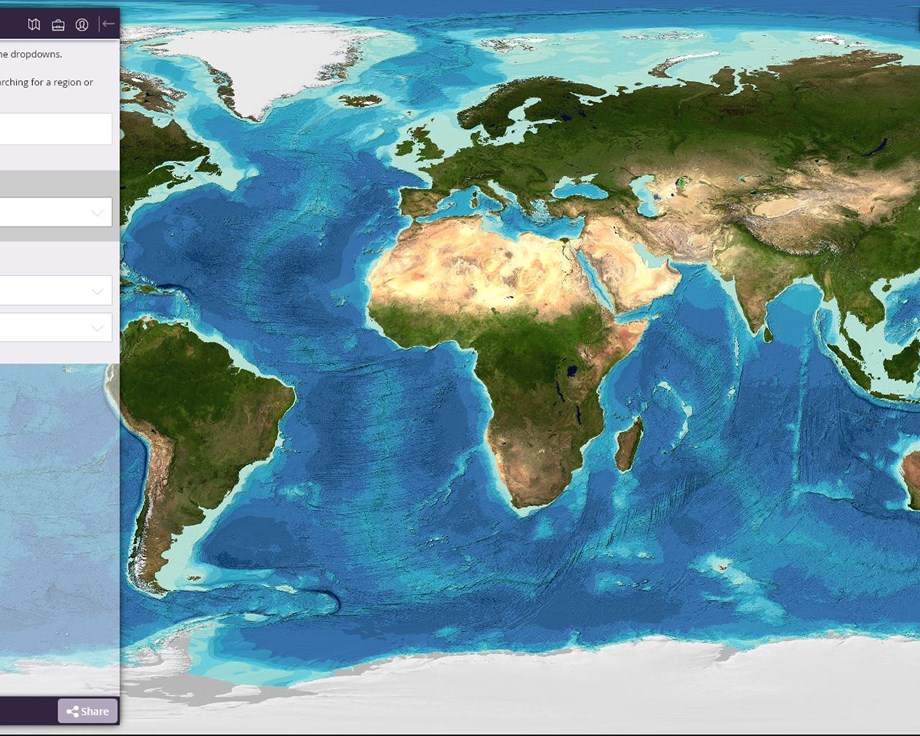Earth observation
Earth observation, and associated data analysis, involves the collection of information on natural and man-made environments using remote sensing and in-situ observation techniques. These include:
- remote optical and radar observations from aircraft and satellites.
- autonomous vehicles for inspection of natural habitats or artificial structures such as fish cages
- laboratory analysis of water samples
- sensors to quantify air, water and sediment physical and biogeochemical properties
Large scale Earth Observation techniques such as satellite remote sensing are an excellent source of monitoring data serving as input to models and early warning of risks to aquaculture. Satellite remote sensing is used to:
- Quantify change in use over time (e.g. change in number of aquaculture structures in a location)
- Inform baseline and trend analysis in water quality for optimal site selection
- Assess frequency and locations of Harmful Algal Blooms (HABs) to support site planning and risk management.
- Monitor water quality to warn of potential risks to farms and to comply with environmental monitoring regulations

